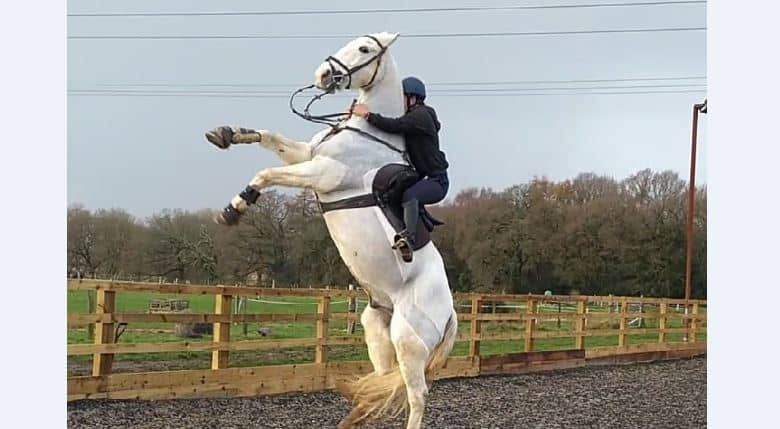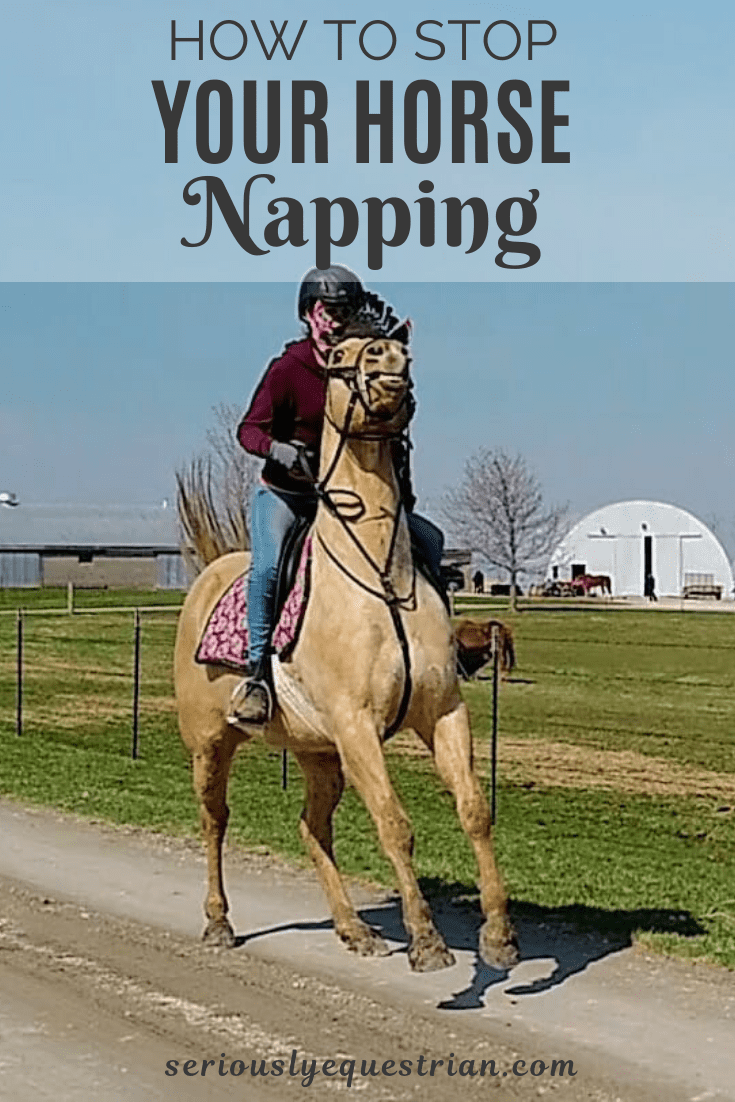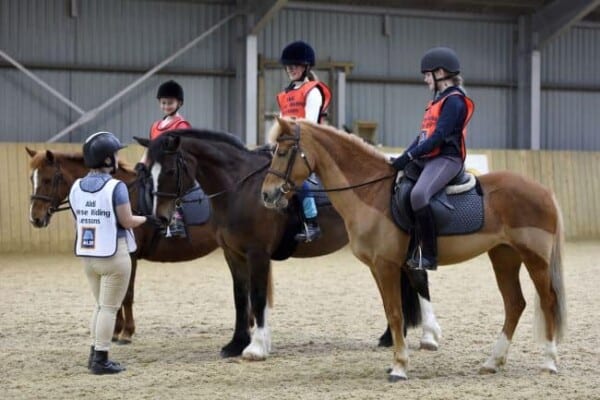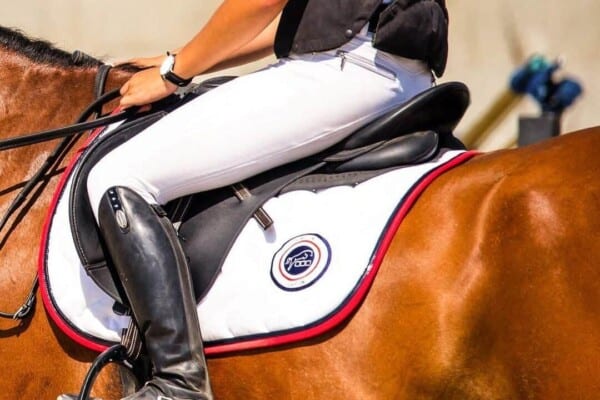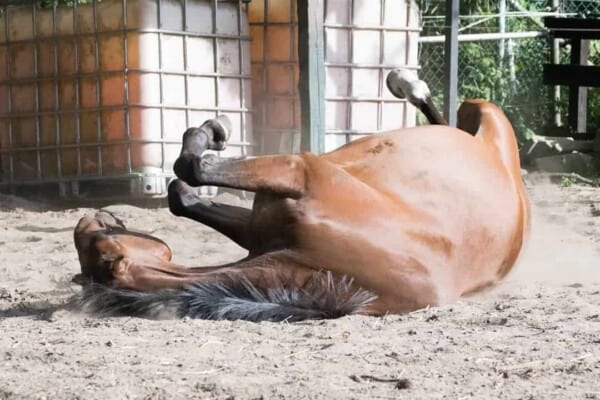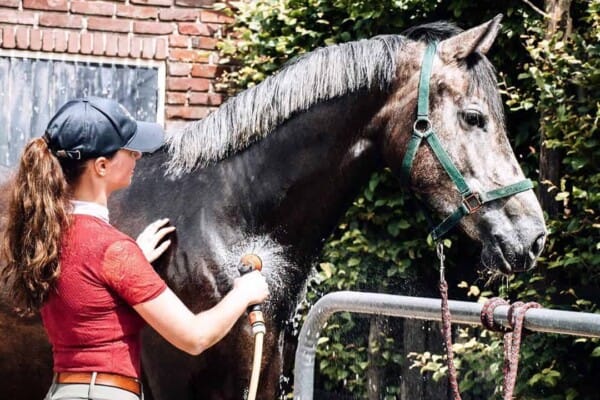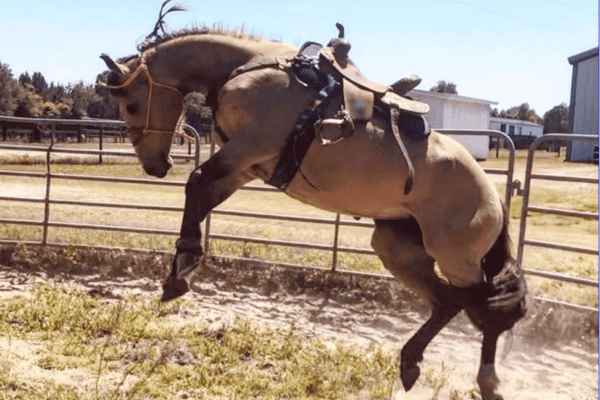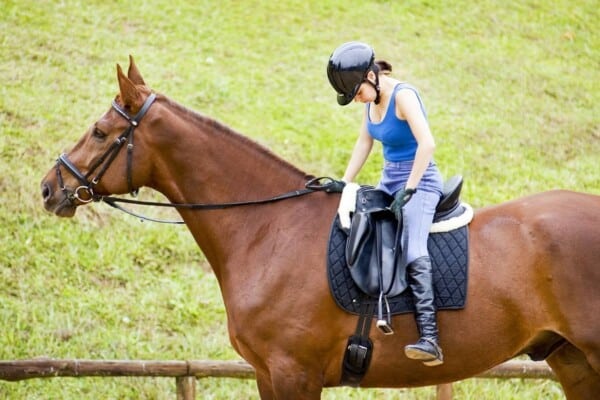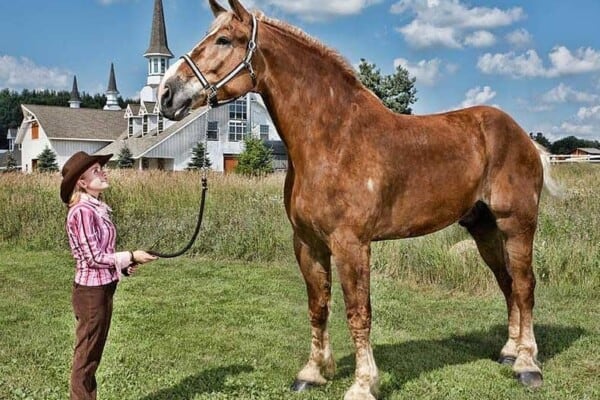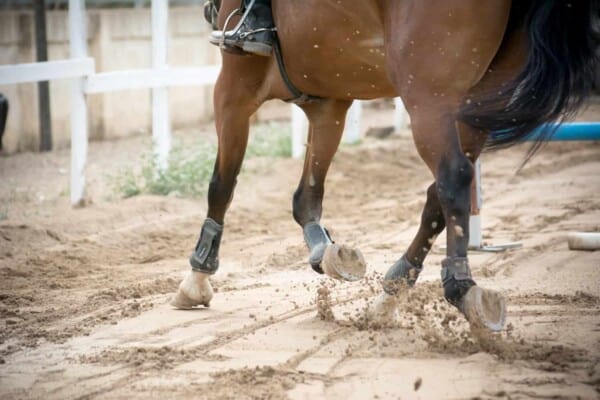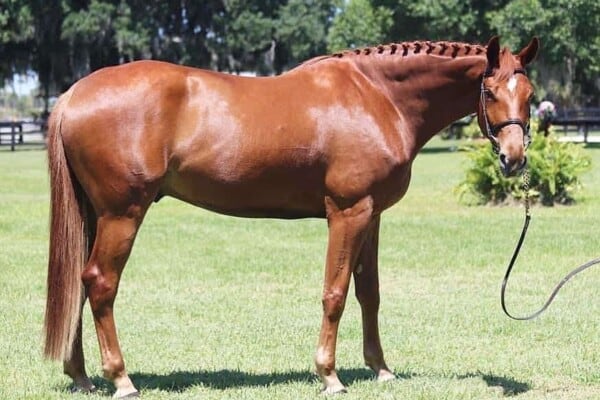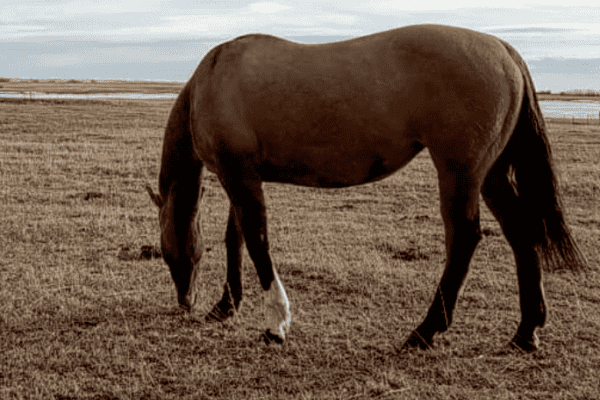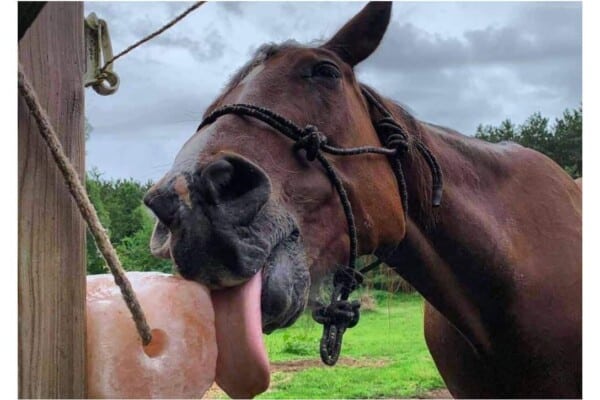Horse napping is when a horse refuses to move in the direction that you want to go. It is a behavioral pattern that can often be very tricky to correct. It can occur for a number of reasons such as a lack of trust, rider confidence, or a lack of respect.
Napping behavior can manifest itself in several different ways. The most common being leaning or pulling towards home. Sometimes they do it to get back to another horse. They may also rear, buck, spin, and generally be unwilling to move in your chosen direction. It can be a very frustrating experience for any rider and it can also be quite dangerous depending on the horses behavior (especially if riding in a group).
Napping is very often about rebuilding the your trust with the horse. It can be a slow process that is ultimately about teaching your horse to relax and be calm when carrying a rider. It is important to keep
If you allow your horse to continue to nap it’ll become an established behavior. As the habit becomes established the horse will no longer consciously think about why they napped in the first instance and it will become instinctual every time they leave home.
Napping is not to be confused with spooking. Spooking is when a horse is scared by an object, noise, or a sudden movement which can make them behave erratically. A spooked horse may also refuse to go forward, rear, or spin. A spooking horse will generally point their ears forward in the direction of the scary object and their behavior should normalize once object is gone from sight.
Tips to Stop your Horse Napping
1. Rule out Pain
The first thing you need to do is confirm that your horse is definitely napping and the behavior is not the result of some other problem. A horse may not go forward if in pain or if they have ill fitting tack on them that is causing discomfort. This should be relatively simple to rule out but you should ask an experienced rider if still unsure. Once you confirm that napping is the problem you can then put together a plan to tackle the issue.
2. Use your Voice
When used properly your voice is a great way of encouraging your horse and will also teach them to trust and have confidence in you. When you combine a phrase like “go forward” with a forward cue it reinforces the command.
3. Make it a positive experience
A napping horse is often an indication that the horse is not enjoying themselves. If we consistently try to force them into doing what we want it can make the experience even worse. Instead try to make it a more positive experience early on in the session. Reward good behavior like when the horse listens to you and moves in direction you want. If you consistently make it a positive experience for the horse they are likely to stop remembering why they wanted to nap in the first place.
4. Build Trust with the Horse
A nappy horse is often an indication of a lack of trust between horse and rider. The nappy behavior can often mean that the horse is not willing to take on new challenges with the rider and prefers the comfort of home. Trust can often be slow to build and will require patience.There are a number of ways to build trust with a horse but the best way is to spend time with them. Training, walking with the horse, and regularly talking with them are all great ways of building trust between you and your horse.
5. Never Speed towards Home
Napping is most commonly an attempt to return to home for the horse. When you begin to ride away from their stable or base they will resist and the leaning and pulling in the direction of home begins.
To combat this you should create a rule that you only canter or gallop when moving away from home. When you are returning you should ask the horse to walk at a slow pace. This will make the the horse more comfortable being away from home and will hopefully reduce the sense of urgency to return.
6. Go Past home on the way back
When you finally get to home after riding your horse you should try and bring them past home. This. Regularly passing by their home when riding will also help to reduce any anxiety about getting home and will make the horse more confident being away.
7. Get off and lead
When the horse begins napping and is consistently not responding to the leg then you should dismount and lead. Never give in to their behavior and let them return to home as this will reinforce the pattern. When leading do so in a calm manner and use your voice to reassure the horse. You may need to do this many times in order to break the behavior pattern.

